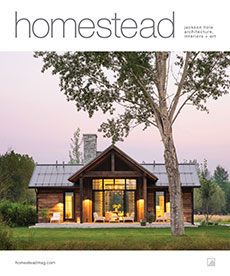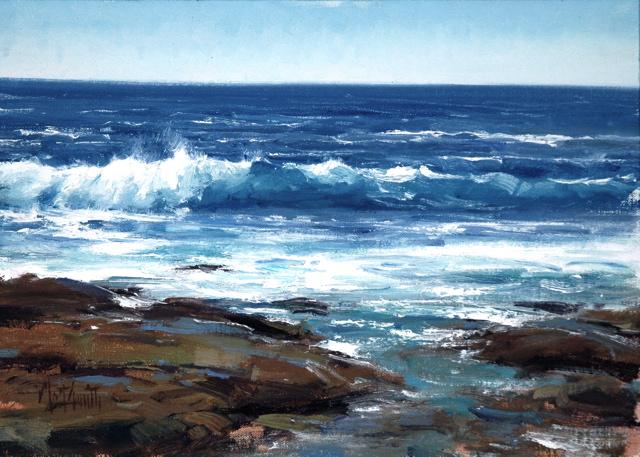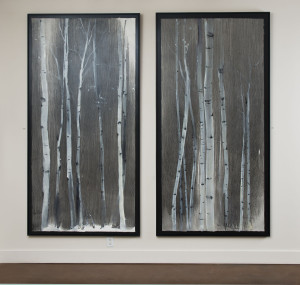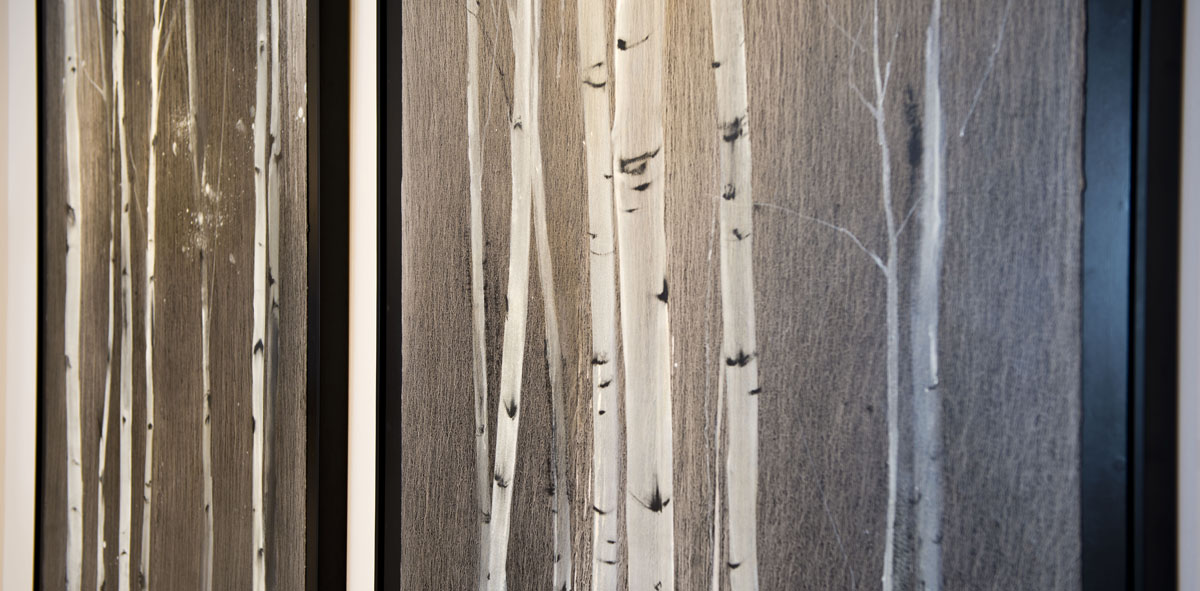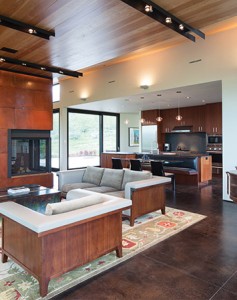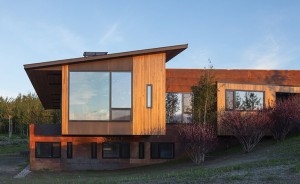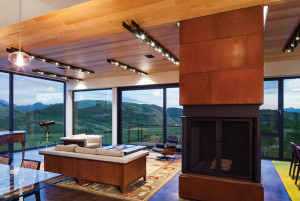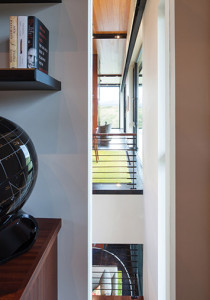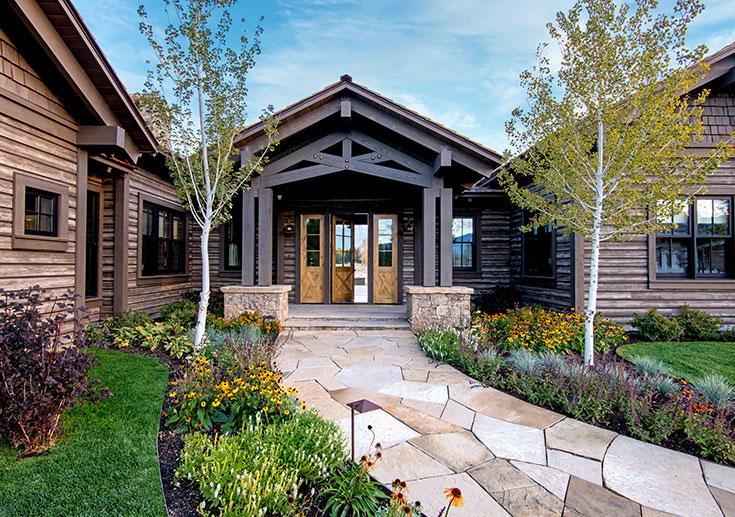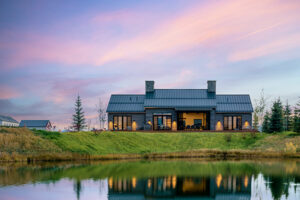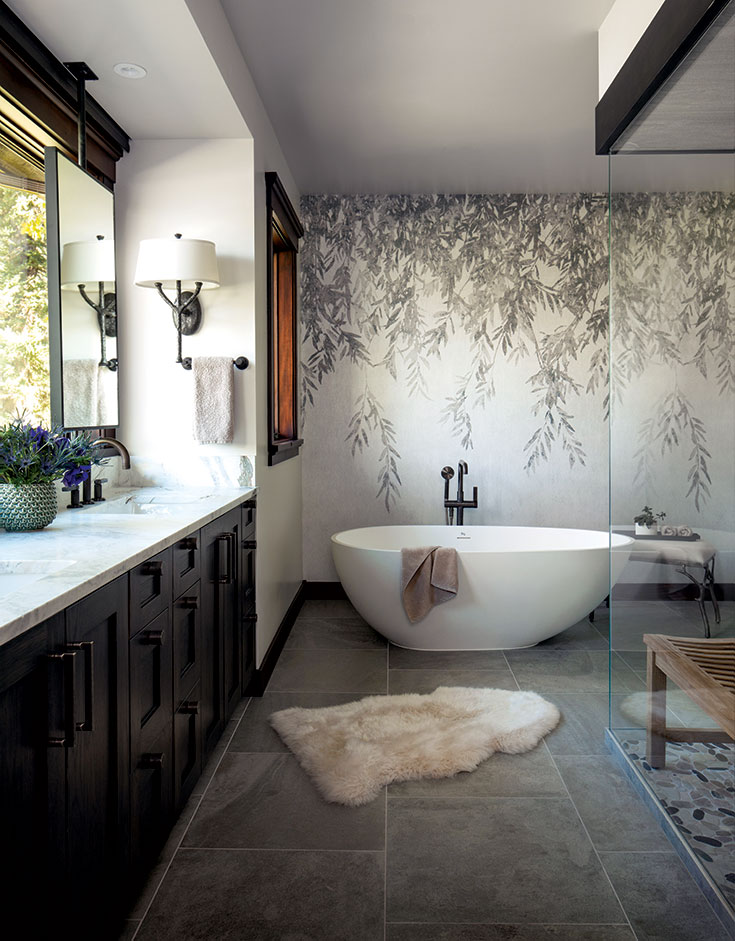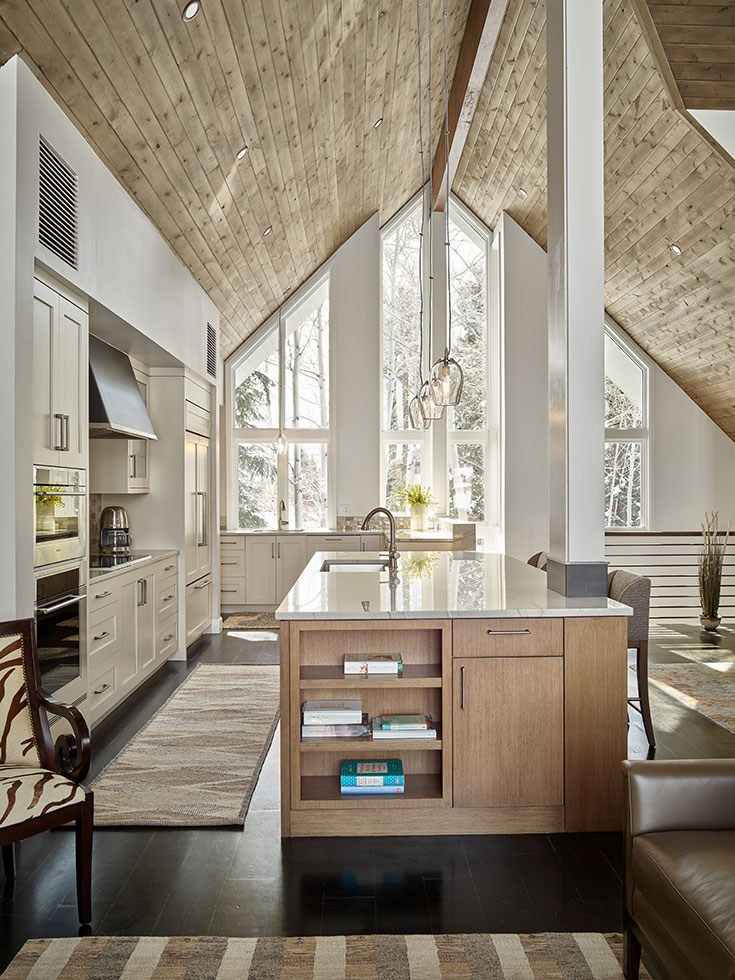Around this time of year, after days of drifting snow and socked-in clouds, it can be tempting to dream of salt spray and sunnier climes. The ocean, in all its primordial beauty, beckons us towards spring break plans and summer escapes–just as it does for painters intent on capturing its mercurial views. Opening this week, the local Trailside Gallery‘s sister gallery in Scottsdale, AZ debuts a “Coastal Connections” show featuring artists represented there and locally.
Our highlights: work by exciting new visionaries like Robert Duncan, who is changing the model of the western art business model; Kathleen Dunphy, newly-represented at the gallery; and Matt Smith, who frequently paints in Jackson Hole. The show is already generating a lot of buzz and beach envy. Take note of these artists,and be sure to pop in to Trailside at 130 E. Broadway to check out its current roster of artistic treasures.
All you need to know below:
Trailside Galleries in Scottsdale, AZ is pleased to present a new exhibition of works with a special focus on seascapes, coastal scenes, and harbor views from around the country. “Coastal Connections” brings together some of the finest plein air painters in the country who have spent the last few months gathering material from the east coast to the west coast for this marine inspired show. Participating artists include Bruce Cheever, Robert Duncan, Kathleen Dunphy, Michael Godfrey, Rusty Jones, Calvin Liang, Rob MacIntosh, Mian Situ, Matt Smith, George Strickland, Curt Walters, and Xiaogang Zhu.
The ocean has always held special allure for artists, whether capturing the surf breaking over a rocky coastline, a schooner slicing through waves, or a brilliant sunset as it dips below the ocean. Matt Smith notes, “I’ve spent quite a bit of time over the last year painting the California coast line. The continuously moving and diverse surf combined with the changing light and weather make for a very appealing subject.”
Each artist will have approximately four to six new works and the show will include a selection of plein air works done on location as well as a number of finished studio paintings. The show will run from February 2 through February 15. The gallery will feature an Open House in February scheduled during the Thursday night artwalk from 6:00 – 8:00 pm.
Please contact Kimberly Fletcher for information.
Since 1963, Trailside Galleries of Jackson, Wyoming and Scottsdale, Arizona has been regarded as one of the pre-eminent dealers in American representational art, specializing in a rich and varied collection of works by the leading western, wildlife, figurative, impressionist, and landscape artists in the country. The artist roster includes members of the Cowboy Artists of America, National Academy of Design, Oil Painters of America, Plein-Air Painters of America, Prix De West, Society of Animal Artists, National Sculpture Society and Masters of the American West.
The gallery is also home to the offices and showrooms of its auction department, the Jackson Hole Art Auction. Since 2007, the Jackson Hole Art Auction has been recognized as one of the premier art events in the country, defined by the high standard of works offered in a variety of genres including wildlife, sporting, figurative, landscape and Western art by both renowned past masters and contemporary artists.
Please contact Kimberly C. Fletcher, Marketing & Communications Director at 480.945.7751 or email media@trailsidegalleries.com for further information and images.
